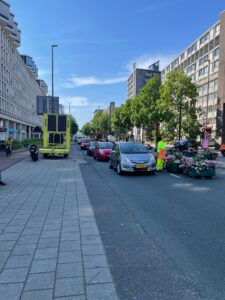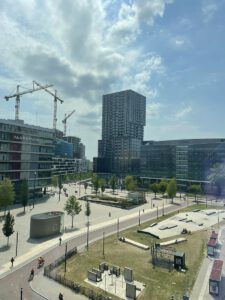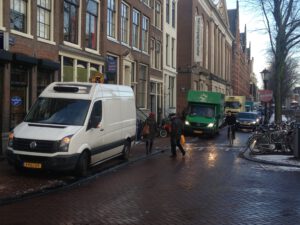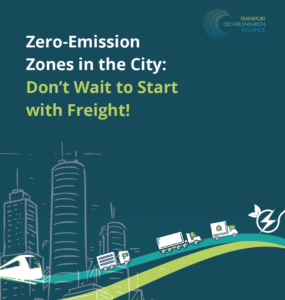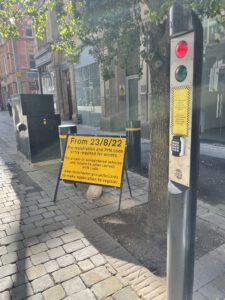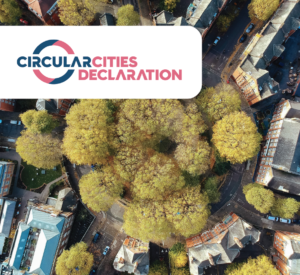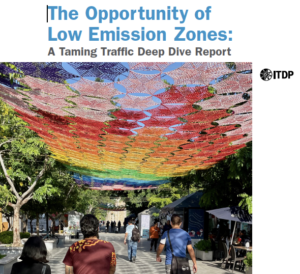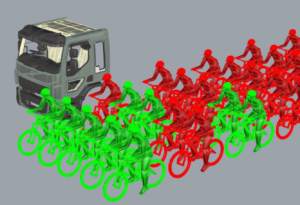Disappearing traffic: what do we know for city logistics?
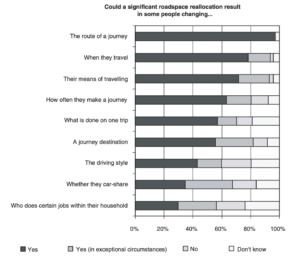
Professionals refer to the ‘theory’ of disappearing traffic in the recent debate about major traffic interventions. After traffic interventions, traffic magically evaporates. What do we know about this theory? A study (by Cairns, Hass-Klau, and Goodwin from 1998) sought to identify possible case studies of circumstances where road space had been reallocated, whether due to …

